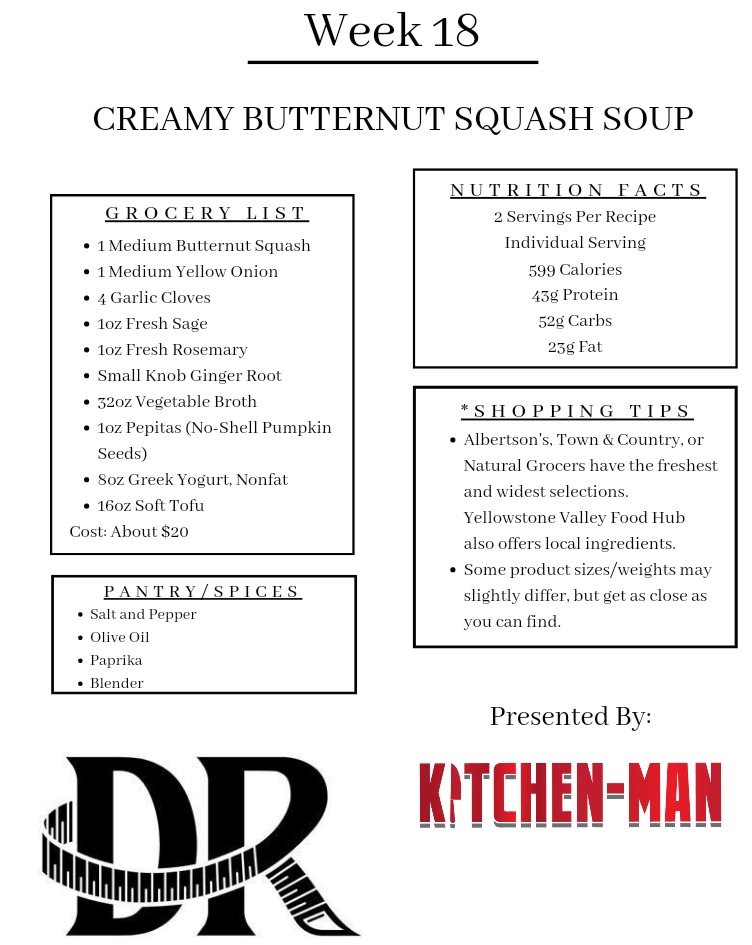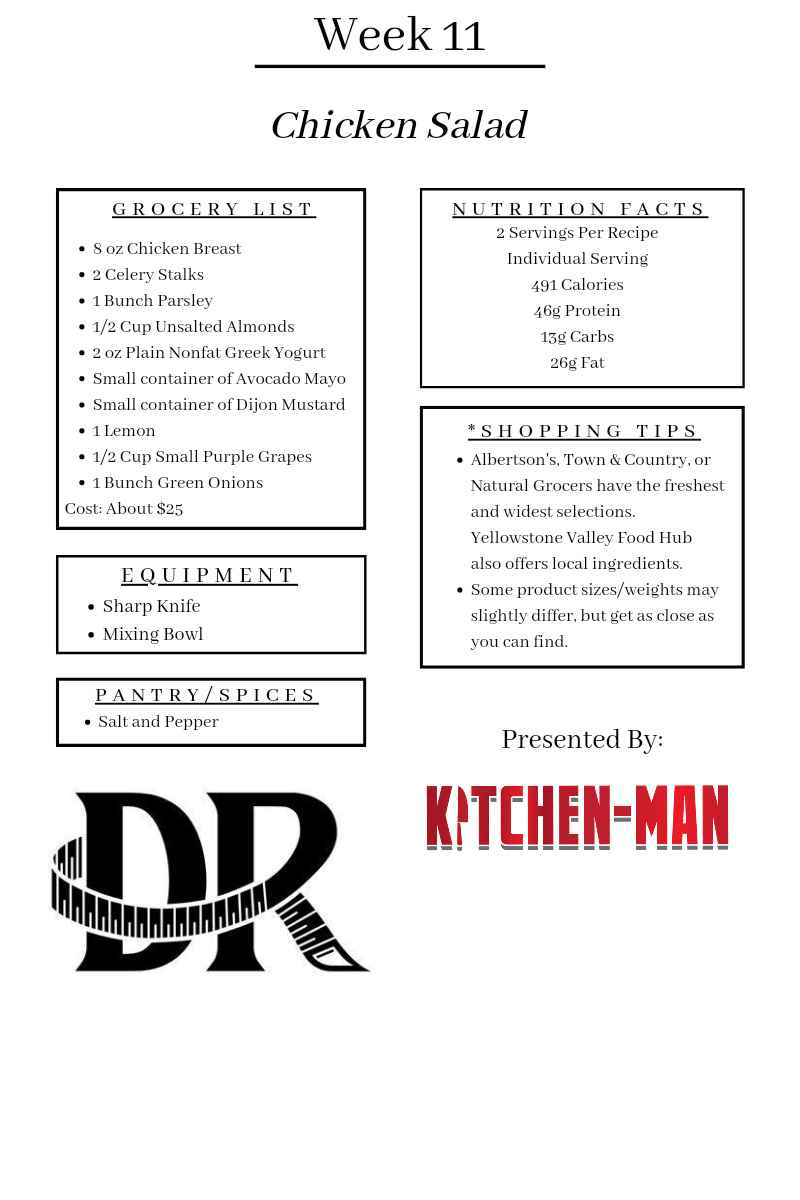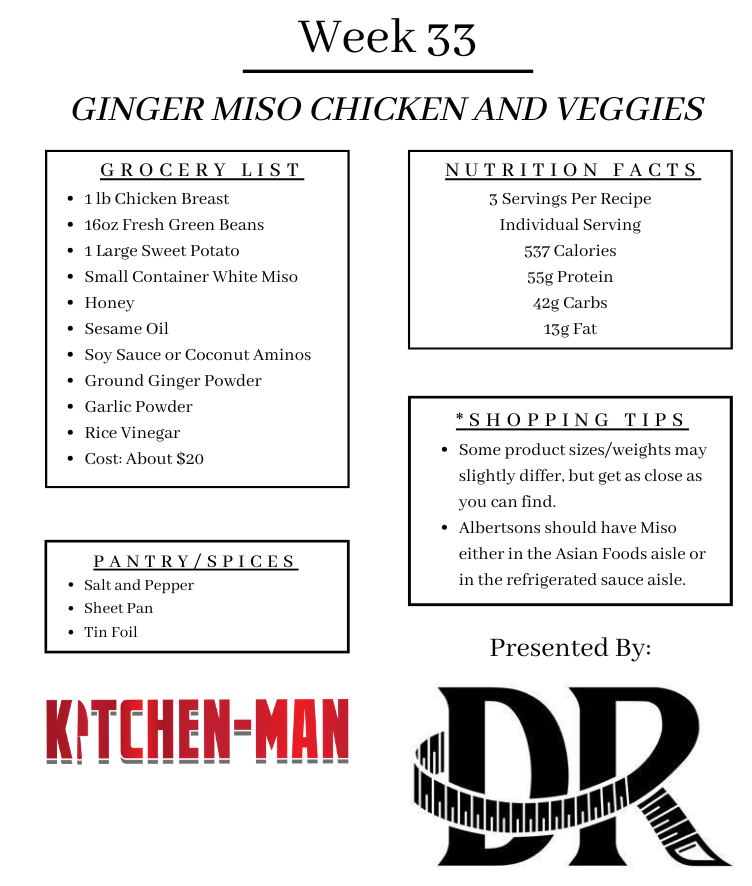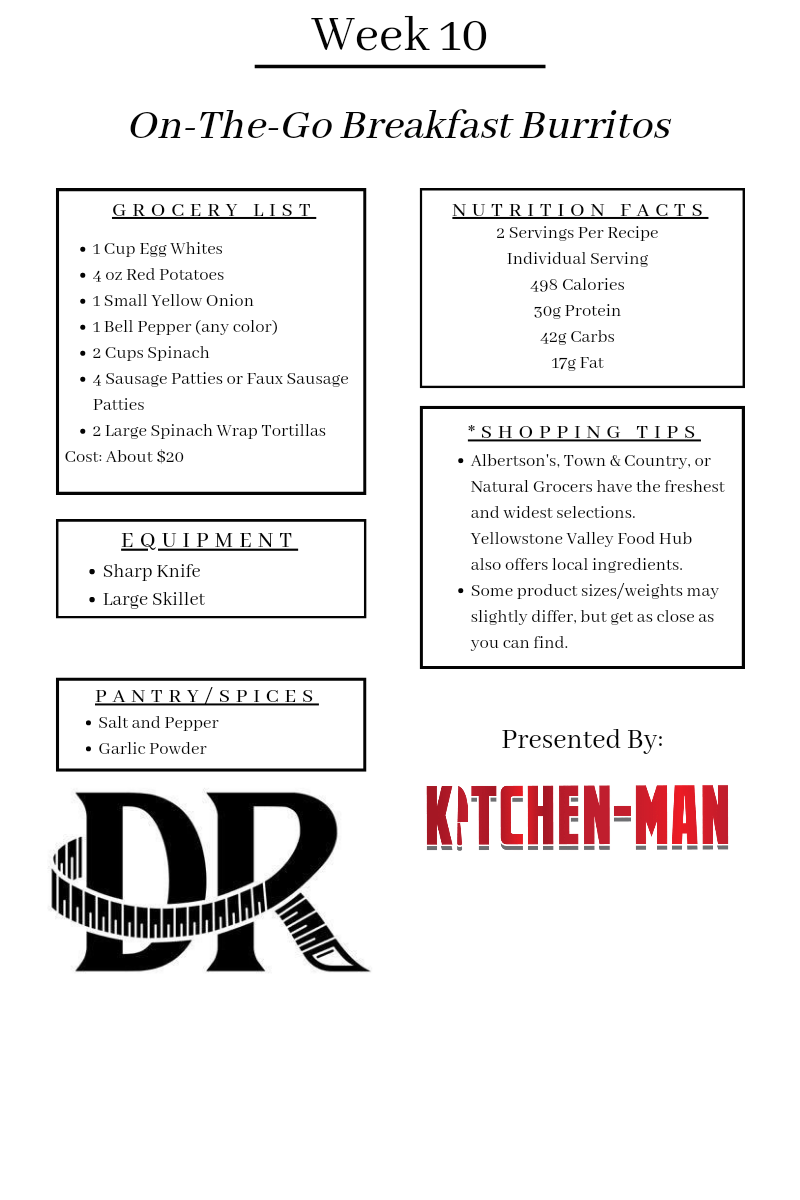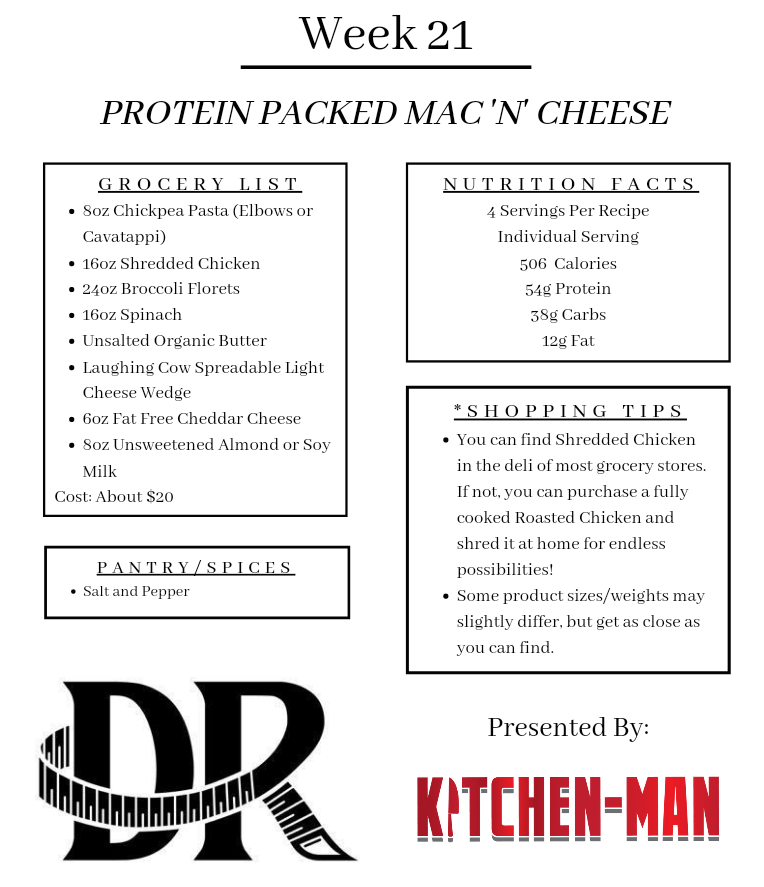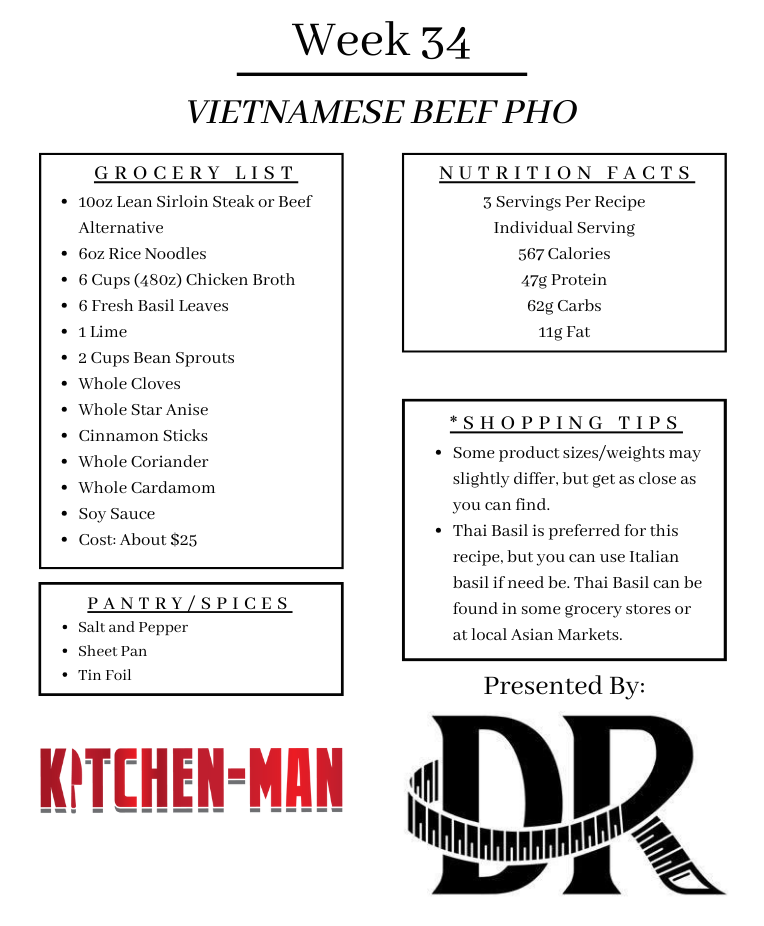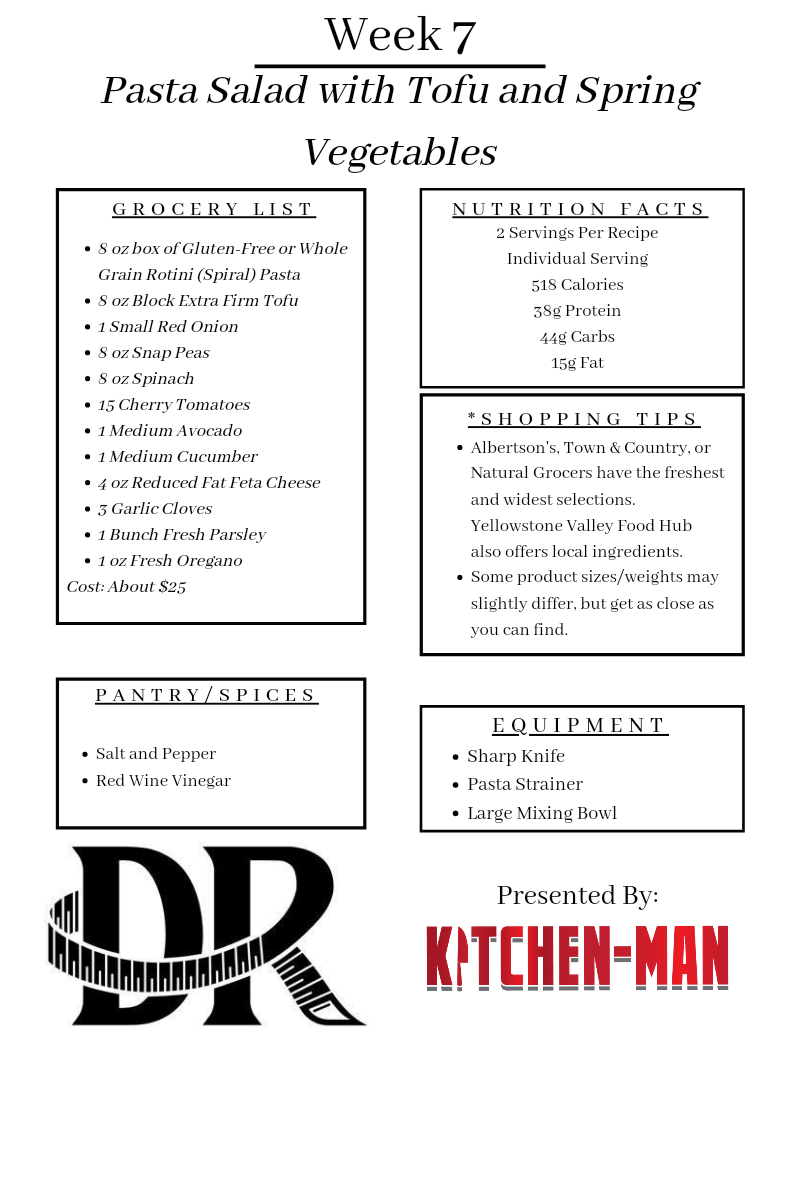When I founded Discreet Reductions I made a promise to myself and to my patients – I would never sell, recommend or require any supplements that I did not 100% believe in.There are so many companies out there that take advantage of people when they’re vulnerable. With Discreet Reductions, I made a vow to never do that to my patients.
My vitamin supplier of choice, as many of you know, is Celebrate. They send all their products to independent, 3rd party verification services who certify that their products contain what they say they do, and in the quantities advertised. They also follow science, data and guideline recommendations when they formulate their products to make sure they’re not only safe, but effective. When Celebrate emailed me to let me know they were now offering collagen peptides, I was skeptical to say the least. I had never looked at the actual scientific evidence behind collagen before, but since I trust Celebrate I figured it was worth a look.
And I was shocked.
First – what is collagen? Simply put, collagen is a type of protein. One of the basic building blocks of life. You think about Whey protein, egg protein, milk protein, soy protein, and so many others. You can add collagen to that list. Collagen protein however is unique – it does not contain all of the essential amino acids. This means you could not live only eating collagen protein, nor could you build muscle. So don’t think of collagen as a protein replacement, but rather it’s another type of protein you can utilize as part of your healthy diet.
Due to collagens unique nature in the protein spectrum, it has some interesting properties. Unlike traditional protein, companies claim collagen can help reduce wrinkles, plump skin and even tackle cellulite. People go as far at using collagen injections under wrinkles to help reduce fine lines and plump their skin. This means there’s money to be made off collagen, and this leads to a lot of false claims and empty promises.
Let’s look at some of the promises made by collagen companies, and then look at what the literature says. Keep in mind that not all collagen is created equal. Collagen is a protein, and like everything in life has a weight associated with it. Some are heavier than others, and they’re all slightly different. Think of it like a zucchini – if you go to the store and buy a 0.5lb zucchini and a 3.5lb zucchini they’re going to taste very, very different. Celebrate uses type I and type III bovine collagen, so we will focus on that. You’ll have to trust me when I tell you the science behind this is incredibly complex, so we will keep this a simple overview.
Claim: Oral collagen supplements reduce joint pain – FACT.There is a study looking at 180 patients who used Type I collagen peptide supplementation. They all had knee discomfort at baseline after squatting. They then took 5 grams of collagen for 12 weeks, and their pain was reassessed at the end of this period. They found that there was a statistically significant reduction in knee pain in the collagen treatment group after 12 weeks. There was then another study done with 13 weeks of supplementation that found the same benefit in the collagen use group.
Claim – Collagen promotes skin health, elasticity and hydration – FACT.In February of this year, a group of researchers analyzed 12 studies that all looked at whether collagen had a beneficial effect on skin health. Across these 12 studies, both type I and type III collagen were assessed. After pooling the results of all 12 studies, the researchers determined that collagen did in fact have a beneficial effect on skin moisture, hydration and elasticity. This led to healthier, tighter appearing skin in the study participants. The researchers note that regardless of whether type I, type III, or both types of collagen were used the results were still beneficial.
Claim – Collagen can help brittle nails by strengthening the nail and promoting nail growth – FACT.There are several small studies that confirm this, but they were all funded by the company that made the collagen used in the study. This means that while the results are positive, they are at risk for being biased. However, their findings do support using a collagen supplement directed at hair, skin and nail health. They found that over 4 weeks of taking collagen, their study participants saw a 12% increase in nail growth rate, a 42% decrease in broken nails and 80% of the study participants said they felt the collagen positively impacted their nail health.
Based on the evidence I can find, I feel comfortable recommending Celebrate’s collagen supplements to my patients. I recommend their Collagen Peptide for skin, nail and joint health. Given the overall positive results of numerous studies out there, it does not seem that you need to take a collagen supplement specifically formulated for one goal, such as joint health or skin health. Rather, it appears that type I and type III collagen are uniformly beneficial for skin, joints and nails. And it gives you an extra dose of protein for your day, which will help promote lean muscle growth and is a beneficial part of any weight loss plan.
You can buy our recommended collagen (and other Celebrate products) on our website HERE. And if you're an Active Patient in our practice, remember you get discounts every day at our Patient Pricing Protein Store.
If you have any questions about collagen, or if you would like to read the studies I reference above, please email me atThis email address is being protected from spambots. You need JavaScript enabled to view it..

